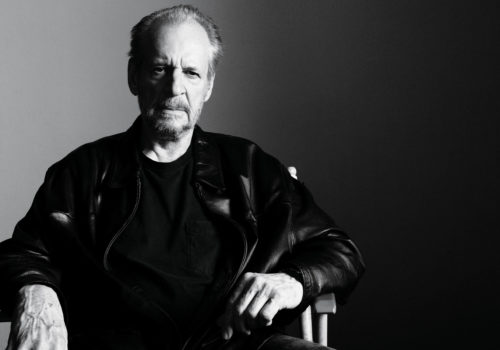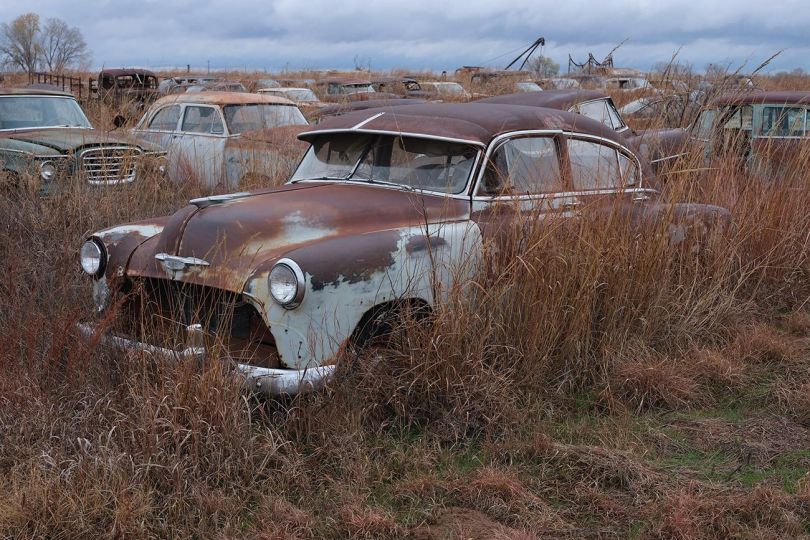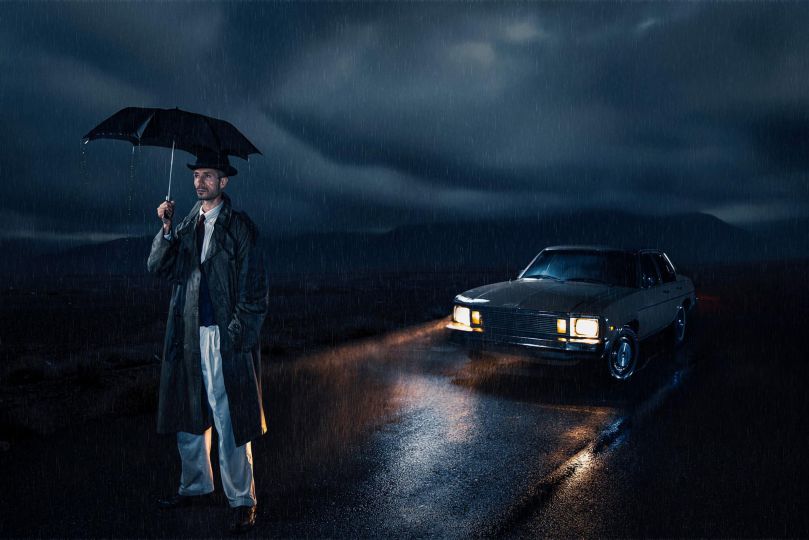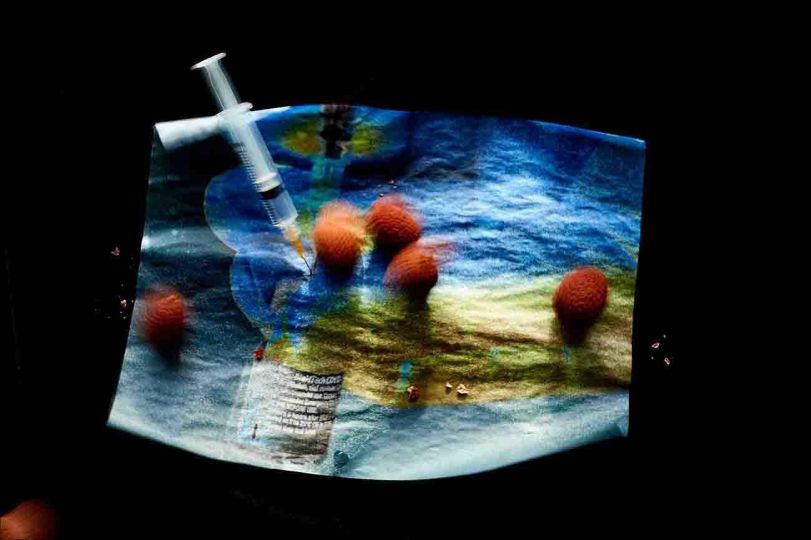Document. What we have. What we do. Create and collect and trade keepsakes, images and stories set down in print, a pleasure and a joy for the senses. The thrill of the page, thick between fingers that turn one after another; the inks spilled lavishly into rich and evocative pictures; the stories told by craftsmen of the word; the best magazines are collections that embody the spirit of the era, a feeling of the times, an energy that inspires and realizes the greatness of life.
Partners in publishing, Nick Vogelson and James Vasari understand this, and have realized it in Document Journal, a twice-yearly volume that allows artists full creative expression. All the world is a stage, cast upon the page in a wild and wonderful creative collective that the publishers describe as a family, includes Jack Pierson, Vince Aletti, Maripol, Bruce Benderson, and many more. Every story told is a history of our time, a look at the way in which that print, images of who we are and how we live, stories of what is happening, what it all means—these things situate us in the here and now, while transporting us to other realms.
Document recognizes this. In the second issue, which releases March 15, there is a feature story on the destruction of the Baghdad National Library. Books, documents, historical records, wiped out, destroyed in the fires, yet despite the damage and destruction, preservationists are working to restore the remnants. The photographs look like topographical maps, landscapes of a lost history, of a shared identity of a people erased when he United States decided to invade Iraq, now ten years ago. This is the new history, the evidence that is our Document, and this stories lays in a larger landscape of the telling of our world.
The same issue features a collection of photographs by Edo Bertoglio, with text by Glenn O’Brien. It describes New York nights, eternal landscapes of the city etched across the skyline as seen from the rooftop of a building on the Lower East Side. It was a time when art went underground and after hours was a way of life, art, beauty, and glamour forever more. Bertoglio’s photographs shooting stars in the night, a constellation of faces to rival MGM at its height. Anya Phillips. Anna Sui. Debbie Harry. Maripol. Lisa Rosen. Patti Astor. Terrence Sellers. Even Robin Wright Penn. Bertoglio’s portfolio takes us back to a time and place that is only yesterday, in so much as they are all yesterdays—but these photographs wink and wiggle at us, in that sly come-hither way.
As O’Brien writes, “These pictures make me miss makeup. Nothing naturalistic about this paint. They weren’t going for healthy, outdoorsy look but something between a geisha and an houri, a Bourdin mannequin and a Maori. Their faces weren’t art’s brave remake of nature. What did Gloria Swanson say in Sunset Boulevard? ‘We had faces then.’”
Face then, and faces now. Magazines must be always of the moment, yet expansive, featuring the new, the official, the cutting edge. We feel that freshness with every page we turn in this compendium that has landed in our lap, a completeness of vision spread from beginning to end. Document delights in taking us in new directions, opening minds to new ways of seeing the world, considering reality in expansive and uncanny ways.
This is most evident in the story of Zachary Drucker, the transsexual performance artist who appears covered completely in blonde hair, as something at once human and animal, male and female, something we are not now but know from another world. The photographs, taken by Luke Gilford, captivate us with the truth of their fiction. A fiction that is as true as its telling and how deeply we embrace it. This is like Document itself, which keeps itself open to possibility, to the energy that art unleashes upon the page, to the way that print has become a keepsake, treasury, and repository of our age.
Miss Rosen
















